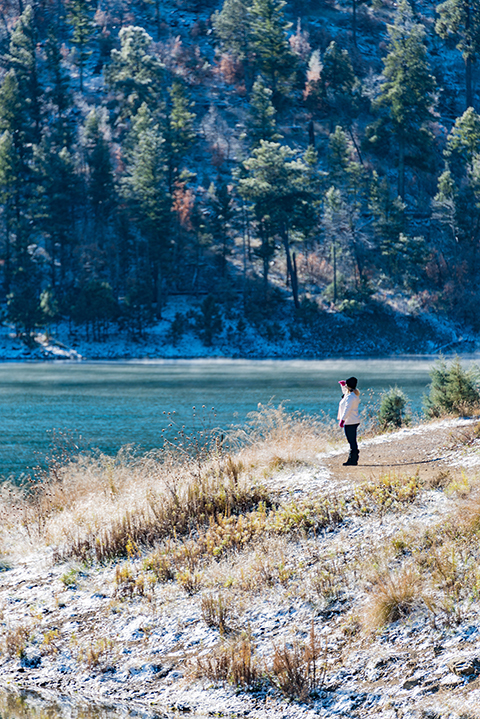(Family Features) Hitting the open road continues to be an increasingly popular vacation option for families. As spring approaches, the idea of exploring the country in full bloom encourages many families to begin planning an RV travel adventure.

With more than 18,000 RV campgrounds across the United States spanning everything from vineyards to beaches to mountains, there's something for nearly everyone. There are also campgrounds that cater to certain lifestyles, like family-friendly, rustic or lux, for the ultimate adventure that fits your personality.
Travel expert Misty Wells believes living the outdoor life helps her keep a healthy connection with her two children. From fishing to paddleboarding to kayaking, Wells and her family do it all. For travelers looking to experience the outdoors, she offers these tips:
- Decide on the best model. One of the biggest decisions is what type of RV works best for your family. If you’re not sure where to start, begin with a list of must haves. Consider sleeping areas, number of bathrooms and space to haul larger toys like four-wheelers. Knowing what features are essential and having a good idea of the nice-to-haves, too, can help you narrow your options.
- Rent first. Renting is a good way to test different models and discover what features and layouts work best for your family. More than 460 national chain outlets and local RV dealerships rent RVs, including state-of-the-art, late-model-year units. A growing number of campgrounds offer on-site RV rentals, as well.
- Stay close. There are few better places than local campgrounds to talk to your neighbors about their RVs. Ask about the features and brands they like, what they’d do differently and what tips they have for someone new to the RV scene.
- Take a short trip. Think of your first outing as a trial run. Try a weekend away before diving into a longer vacation. This can let you figure out what you might want to do differently on a longer jaunt far from home. It’s a good way to test your supplies and see what should be added or left behind. It’s also a good way to get comfortable with the controls and operations so you can spend your first extended trip simply enjoying the experience.
- Consider practical factors. One of the most important decisions is where you’ll store your RV when it’s not in use. It’s a big investment, so protecting it from the elements and vandals is a priority. Common options are local campgrounds, an RV storage unit or even in your garage. Be sure to weigh considerations like price, security and accessibility for each option before making a final decision.
To take the first step toward your family’s RV adventure, visit GoRVing.com.







